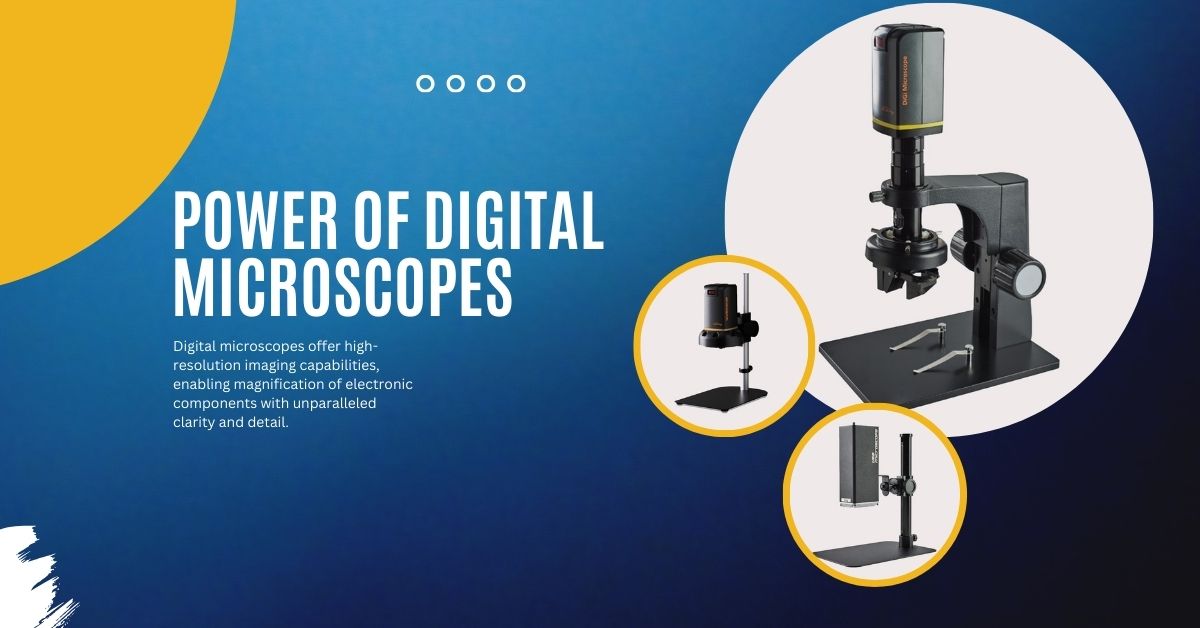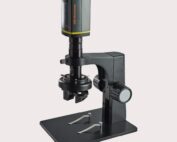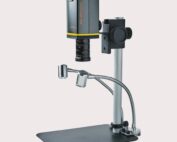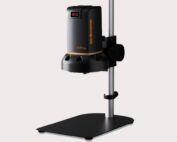
In the fast-paced realm of electronics, precision and accuracy are paramount. The evolution of technology has ushered in a game-changer in the form power of digital microscopes, providing engineers, technicians, and researchers with unprecedented capabilities to scrutinize and analyze electronic components at microscopic levels. Let’s embark on a journey to understand the impact and significance of digital microscopes in the world of electronics.
Unveiling the Power of Digital Microscopes
1. Enhanced Visual Clarity
Digital microscopes offer high-resolution imaging capabilities, enabling magnification of electronic components with unparalleled clarity and detail. This level of visual scrutiny is instrumental in identifying minute defects, soldering issues, or hairline fractures that might compromise the performance of electronic devices.
2. Real-time Imaging and Analysis
Unlike traditional optical microscopes, digital microscopes provide real-time imaging and analysis capabilities. They often come equipped with digital cameras and software interfaces, allowing users to capture images, record videos, and perform measurements directly on a computer screen. This facilitates precise inspection and documentation of electronic components.
3. Efficient Quality Control
In manufacturing processes, digital microscopes play a pivotal role in quality control. They aid in scrutinizing PCBs, integrated circuits, solder joints, and other microscopic components, ensuring that products meet stringent quality standards before reaching consumers.
Applications in Electronics of Digital Microscopes
1. Printed Circuit Board (PCB) Inspection
Digital microscopes are indispensable in examining PCBs for soldering defects, trace damage, or other irregularities that could cause circuit malfunction. Engineers use them during the assembly and testing phases to ensure flawless performance.
2. Failure Analysis
When electronic devices malfunction, digital microscopes help in root cause analysis by inspecting failed components at a microscopic level. This assists in identifying the cause of failure, and guiding improvements in design and manufacturing processes.
3. Research and Development
In research laboratories, digital microscopes aid in studying materials, exploring new technologies, and developing innovative electronic components by offering detailed insights into the structure and behavior of materials at the microscale.
Conclusion
The advent Power of digital microscopes has revolutionized the electronics industry, empowering professionals to delve deeper into the microscopic world of electronic components. Their high-resolution imaging, real-time analysis capabilities, and diverse applications make them indispensable tools for ensuring quality, precision, and advancements in electronic technology. As the field continues to evolve, digital microscopes stand as indispensable allies, propelling the electronics industry toward greater innovation and reliability.







